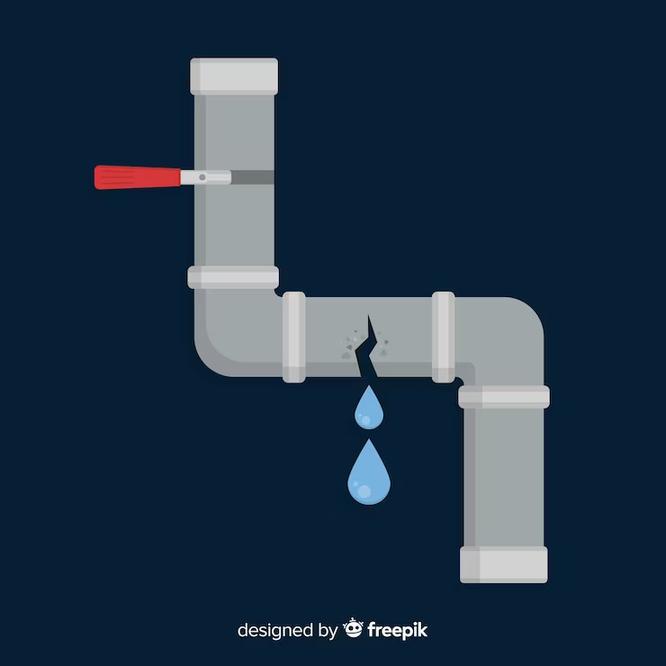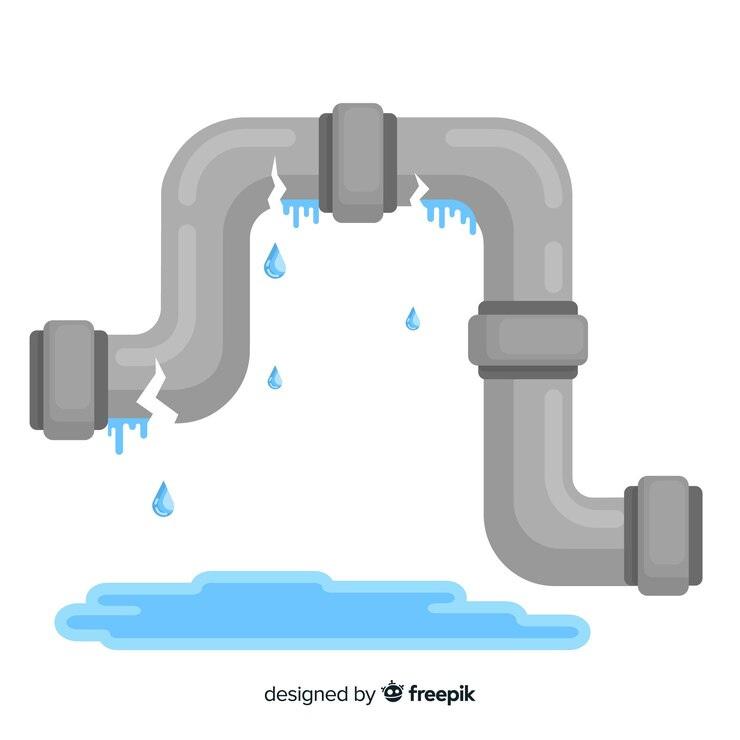7TriggersforUnderground PipeLeakage




One of the primary triggers of underground pipe leakage is corrosion. Over time, pipes made from metal materials, such as iron or steel, can deteriorate due to exposure to moisture, chemicals, and soil conditions. This corrosion weakens the pipe structure, eventually leading to leaks.

Soil movement, caused by factors like shifting ground due to geological activities, settlement, or excavation work, can exert significant stress on underground pipes. The pressure and movement of soil can result in cracks, fractures, or even complete pipe failure.
Water pressure variations within the pipe system can stress the pipe walls, particularly at joints and weak points. Sudden spikes or drops in pressure, often due to changes in demand or valve operations, can lead to leaks if the pipes are not adequately designed or maintained.


Extreme temperature fluctuations, both seasonal and daily, can impact the integrity of underground pipes. Frequent expansion and contraction of materials can cause pipes to weaken, potentially leading to leaks.

Improper installation of underground pipes
can be a significant trigger for leaks. Issues like inadequate trenching, incorrect materials, and insufficient backfill can create weak points in the pipe system that are more prone to failure over time.

Tree roots seeking water sources can infiltrate underground pipes through tiny cracks or joints. As these roots grow and expand, they can cause significant damage to the pipes, leading to leaks and blockages.

The choice of materials for underground pipes is crucial. Over time, certain materials may degrade or corrode faster than others. Understanding the expected lifespan and potential degradation of pipe materials is essential for preventing leakage.

